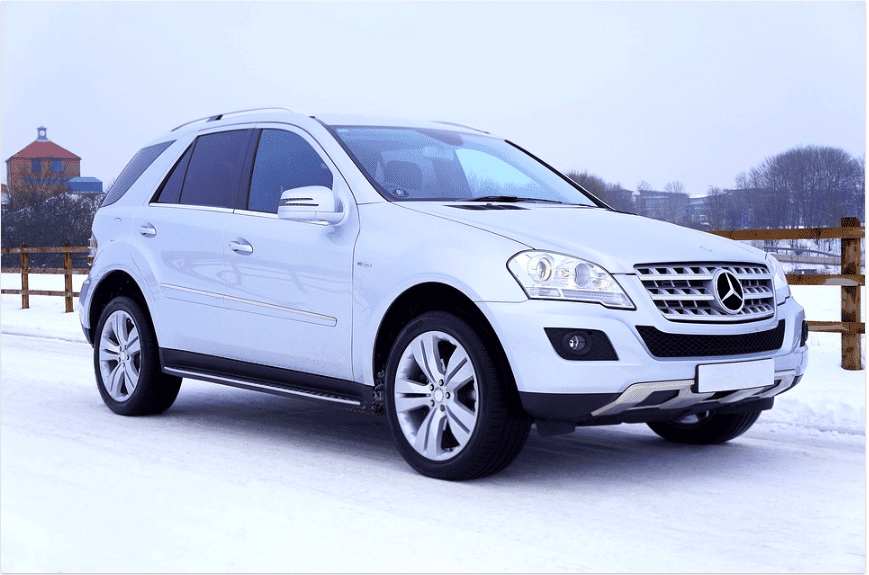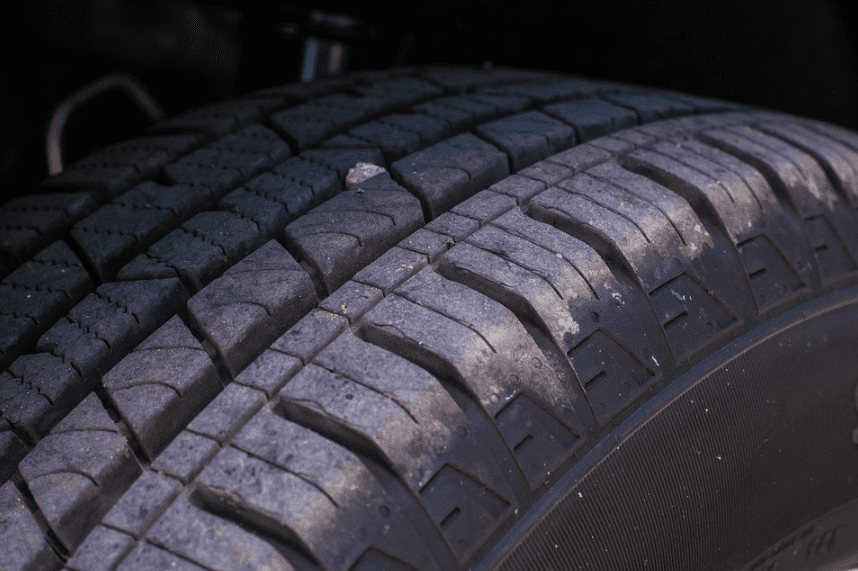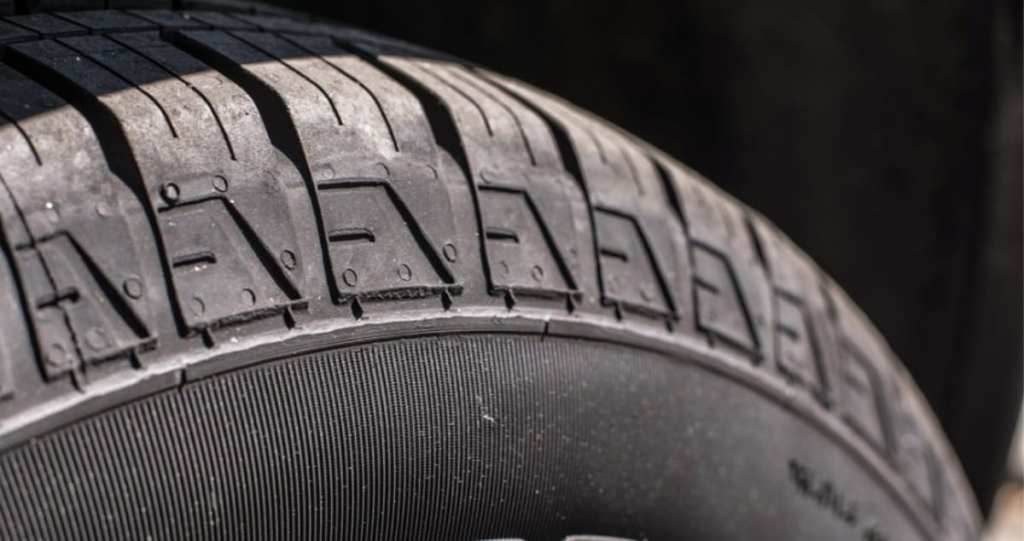I will fully admit to being pretty clueless when it comes to my car. I know how to check my oil, pump gas, change a tire, and replace my windshield wipers (and fluid), but I mean….that’s really about it.
Even when I go to buy a new car I’m not picky; I just want something that’s going to get me around town for 10-15 years without causes me a whole lot of trouble or costing me a ton of money in the interim.
So 100%, I figured if I had all-wheel drive, winter tires were a splurge and not a necessity.
If you thought the same, well… we’re wrong, and here’s why.

Image Credit: Pixabay
All-wheel-drive (AWD) is great, and an AWD car will accelerate better than a front or rear wheel drive vehicle in most situations, because it uses the available traction from all four tires and not just two. The thing is, the grip you feel during acceleration doesn’t mean anything if your actual rubber tires don’t actually grip the road.
According to Robb Holland at Jalopnik.com,
“The problem with that assumption is that acceleration (and depending on conditions) and a degree of stability under steady state throttle are the only times where an AWD car really has an advantage over any other drivetrain configurations.”
Basically, AWD gives you confidence in getting up to and maintaining speed, but when it comes to cornering and stopping on winter roads, your AWD offers no additional help.
Your winter tires, on the other hand, will give you better grip in all situations, whether your throttle is on or off.

Image Credit: Pixabay
Which is all to say, when it comes to safely driving in winter weather, it’s your tires, not your drivetrain configuration, that matters most.
Most of us put all-season tires on our cars as a default, which meet a multitude of design parameters set by car companies. They prioritize noise, fuel efficiency, and durability, though, not necessarily performance in extreme weather.
They’re more the “optimal commute” option, which is great and fine on a daily basis.
Snow tires, on the other hand, are specifically designed to perform optimally in the snow. The main factors in making this work well are rubber compound, tread pattern, and tread design.
The rubber compound is one of the biggest advantages to using a winter tire if you live in a cooler climate. Most tires start to harden once the temperature drops below 45 degrees, and the lower the thermometer goes, the quicker the level of grip declines.

Image Credit: Pixabay
But winter tires use a special compound of rubber that stays soft and pliable when temperatures are well below freezing, allowing it to conform to the road surface and promote overall grip. The tread pattern is also designed to work best in cold, snowy weather – there are deeper, wider treads that allow the tire to cut through the snow, offering increased grip and stability.
Tread design also comes into play, with winter tires featuring cool innovations like “sipes,” which are small slits in the tire tread that open up as the tire comes into contact with the ground. The openings remove snow and water from the contact patch of the tire, allowing it better bite into the snow surface.
The bottom line?
If you live in a place where you contend with winter weather often, a tire built for that weather will out brake, out handle, and outperform your all-season tire, even on an AWD car.
If you’ve got the cash, this seems like a prudent way to spend it!






